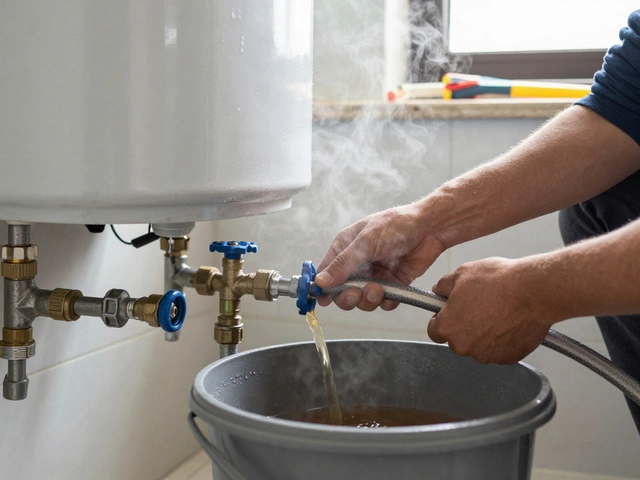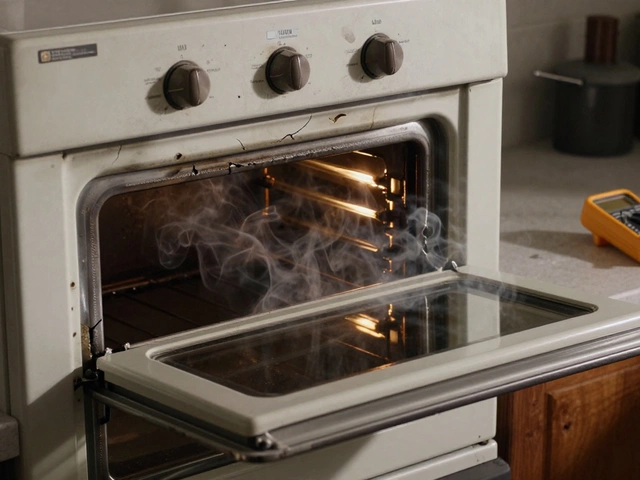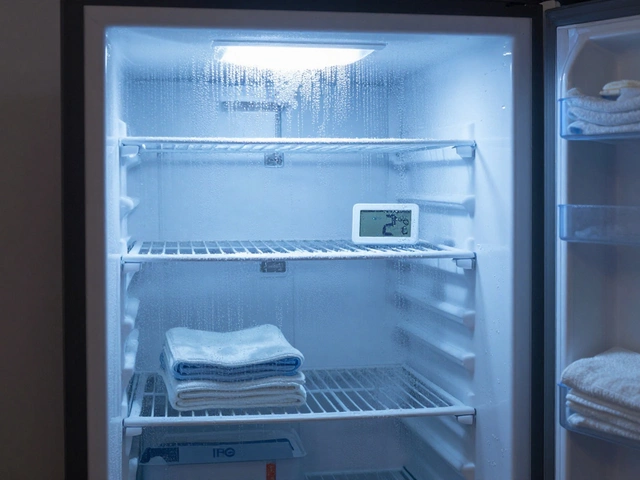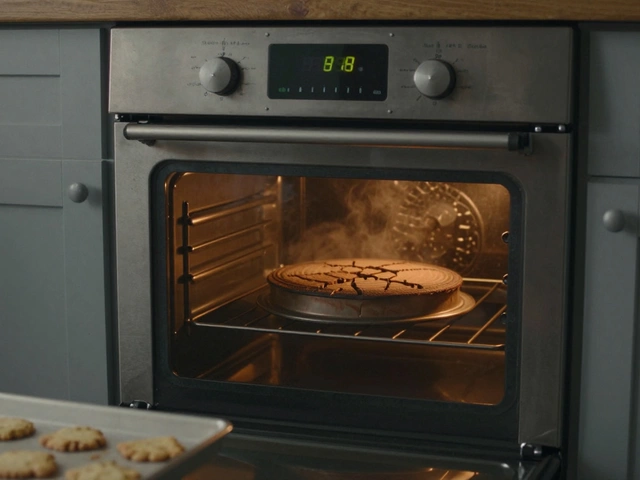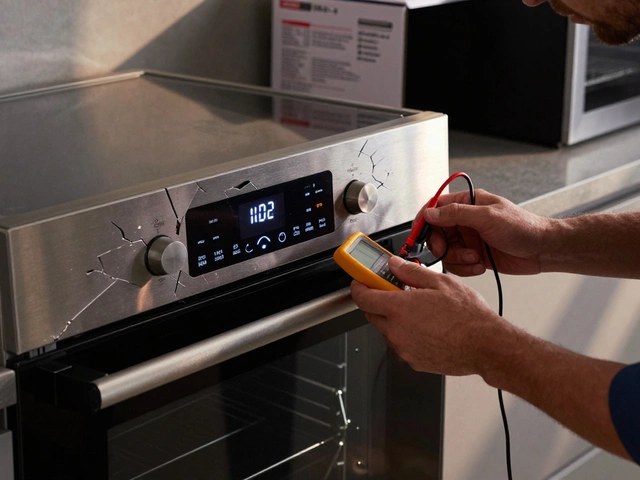Ever noticed your washer acting up and not sure what to do first? Yeah, it happens to the best of us. You're midway through your laundry day when suddenly, your washing machine decides to go on strike. But don't worry, figuring out what's wrong doesn't have to be a headache.
One of the first things you can do is pay attention to any unusual symptoms. Is it making strange noises, refusing to spin, or maybe the water isn't draining? Each of these signs points toward a specific problem. For example, weird noises might mean something is stuck in the drum, while spinning issues can stem from an uneven load.
Before you panic and call in the professionals, there are a few DIY tricks you can try. Always start by checking the basics: is it plugged in, is the door closed properly, or have the hoses come loose? Sometimes, it's the simple things we overlook.
Common Symptoms
Alright, let's dive into those tell-tale signs that your washing machine might be having a bad day. Knowing these common symptoms can help you zero in on the issue faster. We’ll keep it simple and clear, just like a chat with a buddy over coffee.
First up, we've got the notorious noisy washer. If your washer sounds like it's auditioning for a drum solo every time it spins, you've got a problem. It could be something as straightforward as a loose coin rattling around or something more serious like worn-out bearings.
Next, the dreaded non-spinning surprise. A washer that won’t spin is like a car that won’t move—it’s just stuck there. Often, this is due to an unbalanced load. If that isn’t the cause, it might be a sign that the drive belt has given up the ghost.
Ever opened the washer after a cycle only to find a pool of water waiting for you? If it isn’t your swimsuit, you might be dealing with a drainage issue. Causes can vary from a clogged hose to a broken pump.
Some washers are high-tech and come with displays showing error codes. While they make you feel like you’re in a sci-fi movie, they’re actually quite handy! Jotting down these codes can save a lot of time when you're diagnosing washer headaches.
To wrap it up, let's not forget leaks. A growing puddle underneath? It’s likely a sign of a dodgy door seal or a problem with the inlet hoses.
Here’s a handy table for quick reference:
| Symptom | Possible Issue |
|---|---|
| Noises | Loose objects, worn bearings |
| Not Spinning | Unbalanced load, drive belt |
| Water Doesn’t Drain | Clogged hose, broken pump |
| Leaks | Door seal, inlet hoses |
Spotting these symptoms early on really helps in troubleshooting, so keep an eye and ear out when you're doing laundry.
DIY Diagnostic Tips
Tackling washer issues on your own can feel daunting, but don’t worry, I'm here to make this as easy as pie. First things first, ensure your washer is connected properly. Double-check the plug, and make sure it’s not about to come loose. Listen, even professionals admit to overlooking these simple details.
If your washer won't turn on, take a peek at the circuit breaker. Sometimes, it might just need a quick reset. If the drum isn’t spinning, ensure there’s no imbalance in the load. Throwing in a few extra towels can balance things out.
"Before calling for repairs, always start with the basics. It’s amazing how often a simple misconnection is the culprit," advises industry expert John Reeves.
If there's water leaking all over, start by examining the hoses. Look for any signs of wear or cracks. Tighten up the connections just to be safe. No one likes puddles on their laundry room floor.
- Washing machine repair can often be as simple as clearing a clogged filter. A quick clean can solve drainage issues.
- Strange noise driving you nuts? It might be something caught in the drum. Give it a good once-over and remove any debris.
For those persistent problems, your washer might be trying to communicate through error codes. Grab that manual, or look it up online. These codes are like your washer's way of sending an SOS.
A recent survey found that about 25% of washer problems are self-inflicted by improper use or maintenance. So, a little regular TLC can keep your washer running smoothly and extend its lifespan.

Understanding Error Codes
Encountering washer problems is frustrating, especially when your washer decides to throw out a cryptic error code. These codes are like your washer's way of waving a little red flag, saying, "Hey, I need some attention here!" Understanding them can really save your day.
Most modern washing machines are savvy enough to diagnose themselves and flash an error code on the display, guiding you to the nature of the issue. Let's break down some common ones:
- E1 or F8: This usually means there's an issue with water supply. Check if the water taps are turned on and inspect the hoses for kinks.
- E2 or F5: This signals a drainage issue. Ensure the drain hose isn't blocked or bent and clean any filters.
- UE or UB: If you see this, your load is likely unbalanced. Try redistributing the clothes evenly in the drum.
- DOOR: The door might not be properly closed. Double-check the latch and ensure nothing is obstructing it.
These codes aren't there to confuse you—they're meant to pinpoint where things went wonky. When you know what the codes mean, you can either fix the issue yourself or give accurate info to the repair guy, saving both time and possibly money.
Still feeling adventurous? Some manuals may have a complete list of codes specific to your model, which can be super handy. Bust out that manual or check the manufacturer’s website and become your very own washing machine repair detective!
When to Call a Pro
So, you've tried all the tricks in the book, but your washer is still making weird noises or refusing to spin. When do you throw in the towel and get professional help? Knowing when to call in a repair expert can save more than just headaches—sometimes it can prevent further damage.
If your washer shows error codes that seem like a foreign language, it might be a sign that it needs professional eyes. Each type of washer, whether it's top-loader or front-loader, has different error codes. Ignoring them can make things worse. For instance, issues like a broken motor or electrical faults are best left to a qualified technician.
Another big sign is a persistent leak. A small puddle every once in a while might seem harmless, but consistent leaks can mean there's a serious issue with your hoses or water pump. Experts can not only fix the problem but ensure it doesn’t reoccur in the future.
- Washer problems like excessive shaking or rattling might need more than a DIY balance check. Structural issues inside the machine can cause your washer to dance across your laundry room.
- Failure to drain even after checking hoses and filters? This is a classic sign to bring in the pros. It could indicate problems with the pump, and messing around with it could worsen the issue.
In terms of dollars and cents, a good rule of thumb is if the repair costs more than half the price of a new machine, consider a replacement. Why? Well, beyond the repair costs, old machines tend to be less energy-efficient, meaning new ones can save on utility bills over time.
Whether fixing a stubborn washer or addressing a mysterious leak, professionals bring the skills and tools needed to handle washing machine repair. And who knows, maybe they'll even have a few tips up their sleeves for future mishaps.





